A growing body of evidence suggests that sleep duration impacts chronic physical and psychological disorders. In a recent study published in the journal Nature Medicine, researchers found that deeper sleep and REM sleep reduce the risk of cardiometabolic diseases, while irregular sleep increases the risk of high cholesterol, obesity, major depressive disorders, and hypertension. We’ve all heard the saying “sleep is the best medicine” but with the constant hum of modern life, getting sufficient quality sleep on a regular basis can feel like an elusive dream.
Achieving quality sleep involves more than just a regular bedtime. Creating a sleep-conducive environment is equally important. Factors such as temperature, lighting, noise and air quality significantly impact sleep quality. With the advent of smart bedroom technology, we now have innovative tools to help optimize these elements and create personalized sleep sanctuaries tailored to our individual needs. In this post, we will explore how integrating smart bedroom technology can help to enhance your sleep quality.
Optimizing Temperature for Better Sleep
The ideal bedroom temperature for sleep generally falls between 18.3 to 20 degrees Celsius (65 to 68 degrees Fahrenheit). A cooler environment supports the natural drop in body temperature during sleep, which is essential for deeper rest. However, individual preferences may vary, making it important to adjust this range according to personal comfort.
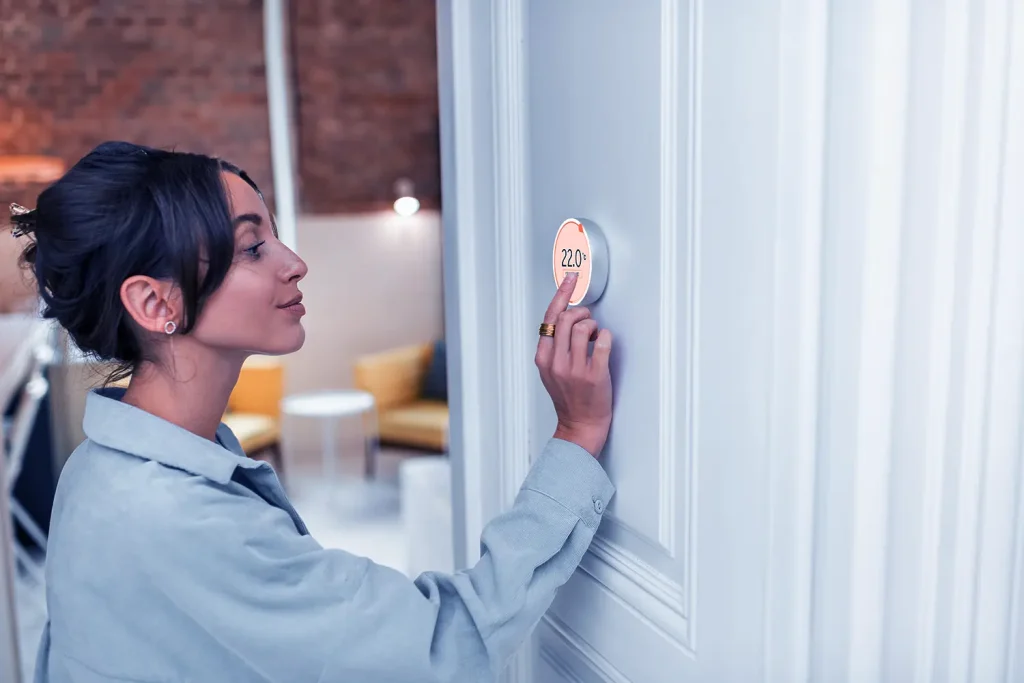
Smart Thermostat
Smart thermostats are at the forefront of temperature control enabling you to set specific temperature targets, ensuring your bedroom is always at the ideal temperature. They can also create custom temperature schedules to mimic your sleep-wake cycle. For instance, you can set the thermostat to gradually cool down the room as bedtime approaches. Some smart thermostats such as the Google Nest Learning Thermostat can learn your sleep patterns and preferences, automatically adjusting the temperature accordingly.
Smart Thermostat Alternatives
Smart air conditioners and smart fans paired with smart temperature/humidity sensors offer similar benefits to a smart thermostat. You can create automations to turn on air conditioners and fans when the sensor detects temperatures and humidity levels above a preset threshold.
If you have an Apple HomePod (2nd generation) or HomePod Mini, you could make use of the built-in temperature and humidity sensor to trigger Apple HomeKit automations to a smart air conditioner, smart fan or smart remote. Similarly, the Amazon Echo Dot (4th Gen and 5th Gen) has a built-in temperature sensor which can be used to trigger Alexa Routines.
Not wanting to replace your existing air conditioner or fan? Consider a smart remote from brands such as Sensibo, Bond or BroadLink. These devices can “smartify” regular non-smart appliances that use Infrared (IR) or Radio Frequency (RF) protocols. With Sensibo smart remotes, you’ll get the added benefit of a built-in temperature and humidity sensor as they are specifically designed to work with air conditioners with IR remotes.
Bed Cooling System
What if the person sleeping next to you prefers a different room temperature? In situations where personalized sleep temperature control is required, a bed cooling system might be the solution for you. Bed cooling systems are designed to address differing temperature preferences by allowing each sleeper to customize their side of the bed. These innovative systems typically consist of a mattress pad or topper that features built-in cooling technology. They work by circulating cool water or air through the mattress, effectively regulating the temperature on each side according to individual preferences.
Dim the Lights, Improve Your Sleep
Light plays a significant role in regulating circadian rhythms, which are crucial for maintaining healthy sleep-wake cycles. Keeping the bedroom dark is essential for promoting the production of melatonin, the hormone that induces sleepiness. Exposure to bright or blue light, especially in the evening, can inhibit melatonin production and make it harder to fall asleep.
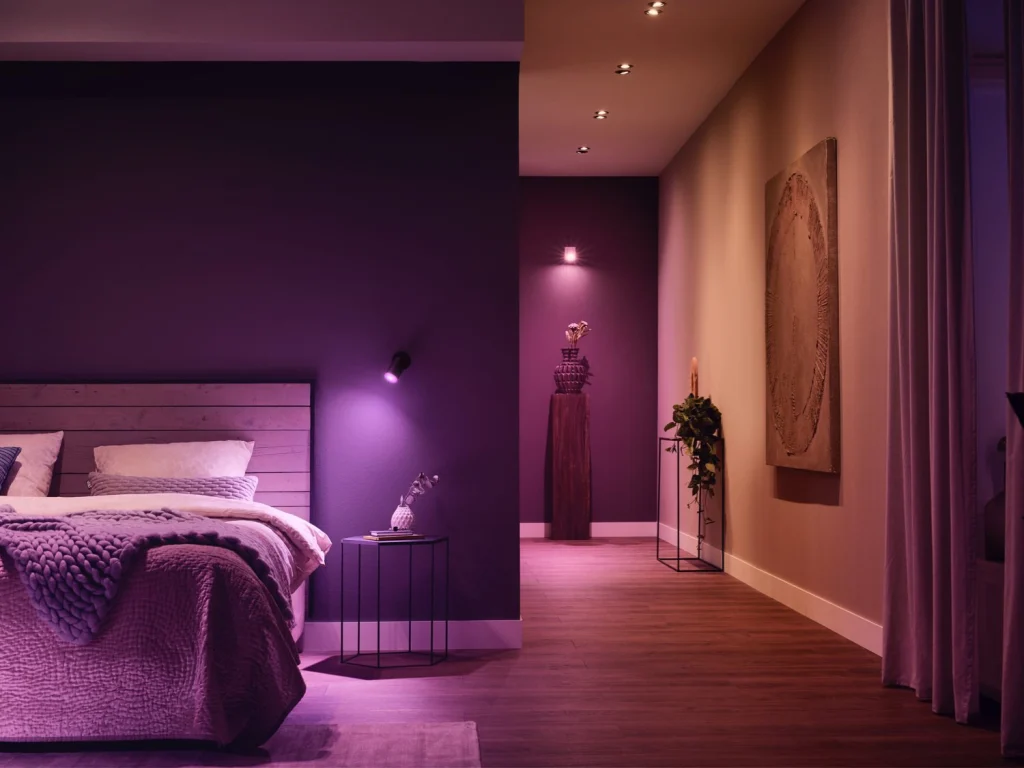
Smart Lighting
To combat this, smart lighting systems can gradually dim and shift to warmer hues as bedtime approaches, effectively signaling your body that it’s time to wind down. For instance, Apple HomeKit features Adaptive Lighting, which automatically adjusts the color temperature and brightness of your lights throughout the day to mimic natural sunlight. This technology not only enhances the ambiance of your space but also supports your body’s natural rhythms. Brands like Philips Hue, Nanoleaf, Eve and Aqara offer smart lighting options that support Adaptive Lighting.
Smart Window Shades
In addition to smart lighting, automated window shades can be scheduled to close at specific times, blocking out unwanted light and creating a darker environment conducive to sleep. SmartWings, IKEA, Eve, Aqara and Zemismart are some brands to consider for smart roller blinds. If you’re looking for a retrofit solution for curtains, take a look at SwitchBot Curtain or Aqara Curtain.
Sunrise Alarm Clock
If you’re tired of waking up abruptly to a jarring alarm clock, consider investing in a sunrise alarm clock. These devices are designed to simulate a natural sunrise by gradually increasing the light in your room before your set wake-up time. This gentle increase in light can help ease you out of sleep more naturally, rather than being jolted awake by a loud alarm. The light gradually triggers the body’s natural waking process by reducing melatonin production and increasing cortisol levels, which can help you feel more refreshed and alert upon waking. This method aligns with your body’s circadian rhythms, promoting a smoother transition from sleep to wakefulness.
Managing Noise for Peaceful Slumber
A quiet environment is essential for uninterrupted sleep, as noise disturbances can fragment sleep and negatively impact overall health. Whether it’s the hum of traffic, the chatter of neighbors, or the sounds of household activities, unwanted noise can disrupt your ability to fall asleep and stay asleep.

White Noise Machine
To counteract these disturbances, you may want to incorporate a white noise machine into your sleep routine. These devices generate soothing sounds, such as gentle rain or ocean waves, to mask disruptive noises. By creating a consistent auditory backdrop, white noise machines can help drown out sudden sounds that might wake you during the night.
Smart Speaker
Smart speakers offer another option to combat noise disturbances. They can play calming sounds or ambient music to promote relaxation. For undisturbed sleep, you can set a timer to automatically turn off the audio after a specific duration.
Enhancing Air Quality for Restful Sleep
Maintaining optimal air quality is essential for restful sleep, as poor air conditions can lead to discomfort, allergies, and respiratory issues that can disrupt your ability to achieve restorative rest. For example, dry air may cause throat irritation, while allergens and pollutants can trigger asthma or allergies, leading to frequent awakenings throughout the night.

Smart Humidifier
Smart humidifiers offer more than just basic humidity control; they can automatically adjust moisture levels based on your bedroom’s specific conditions. This ensures optimal comfort throughout the night. Unlike traditional humidifiers, smart models often include built-in humidistat to detect humidity levels, remote control capabilities, and scheduling options. These features not only provide greater convenience but also help maintain the ideal humidity range of 40% to 60%, which is crucial for preventing discomfort such as dry skin or a sore throat during sleep.
Smart Air Purifier
Smart air purifiers go beyond traditional air cleaning by offering real-time air quality monitoring and automatic adjustments. Equipped with HEPA filters, these devices effectively remove allergens, dust, and pollutants, creating a healthier breathing environment. Many smart models also feature noise reduction technology, which helps maintain a quiet atmosphere conducive to sleep. For example, some air purifiers operate at whisper-quiet levels, allowing you to breathe easy without the distraction of mechanical noise.
Smart Air Quality Monitor
Smart air quality monitors provide valuable insights into your bedroom’s air quality by continuously tracking pollutants, humidity, and temperature. This real-time data empowers you to make informed decisions about your sleep environment. For instance, if a monitor indicates high levels of humidity, you can adjust your humidifier accordingly. Many of these devices can integrate with smart home systems, allowing for seamless control and optimization of your sleep conditions.
Integrating Smart Bedroom Devices for Optimal Results
By integrating smart bedroom devices into your sleep routine, you can create a personalized sleep sanctuary that prioritizes your well-being. Smart home hubs serve as the central command, allowing you to automate various aspects of your sleep environment. Imagine dimming lights, lowering the temperature, and starting calming sounds with a single command.
This holistic approach, combined with consistent sleep habits, can significantly enhance your sleep quality and overall health. Experiment with different combinations to discover your ideal sleep recipe. Remember, technology is a tool to support your sleep, not replace it. Prioritize a consistent sleep schedule and create a relaxing bedtime routine for optimal results.
New to smart home technology? Learn what a smart home can do for you and how to setup your perfect smart home.

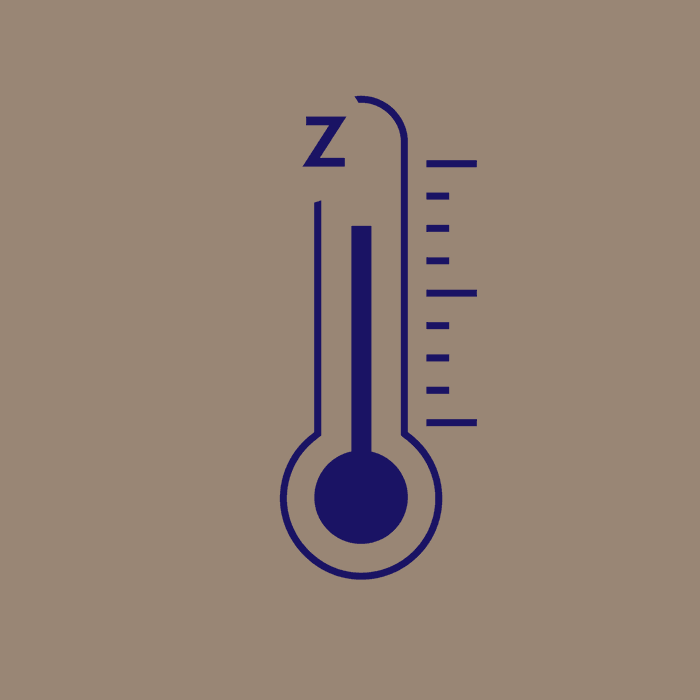


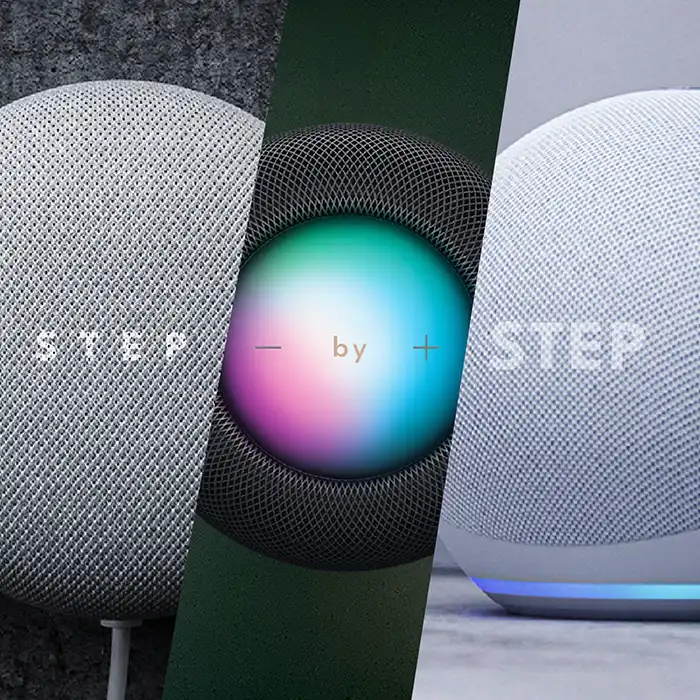
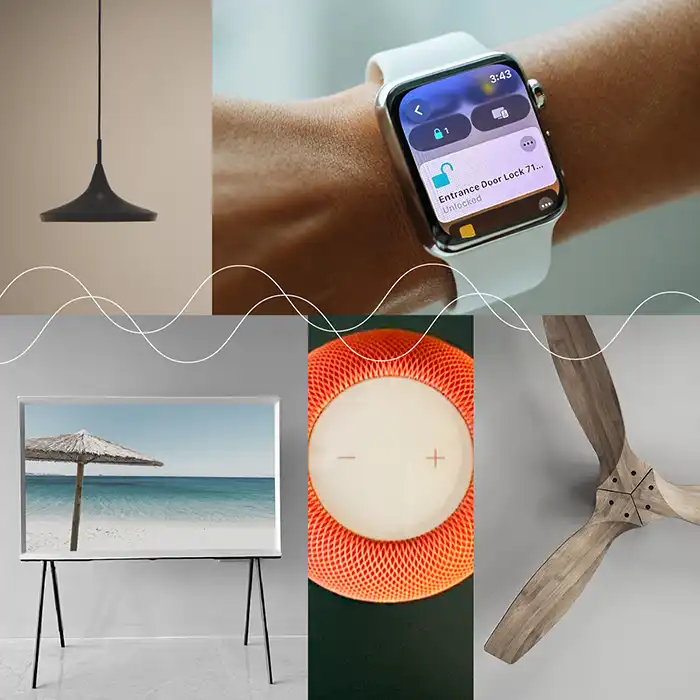
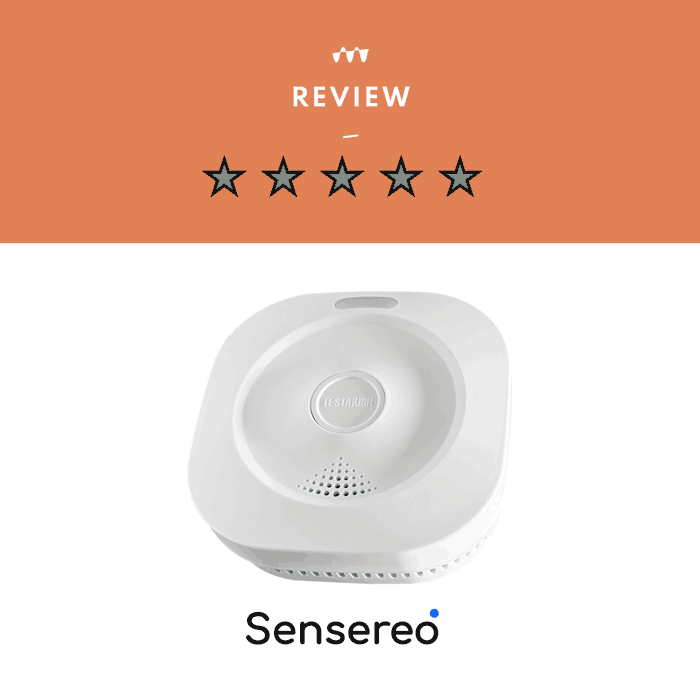
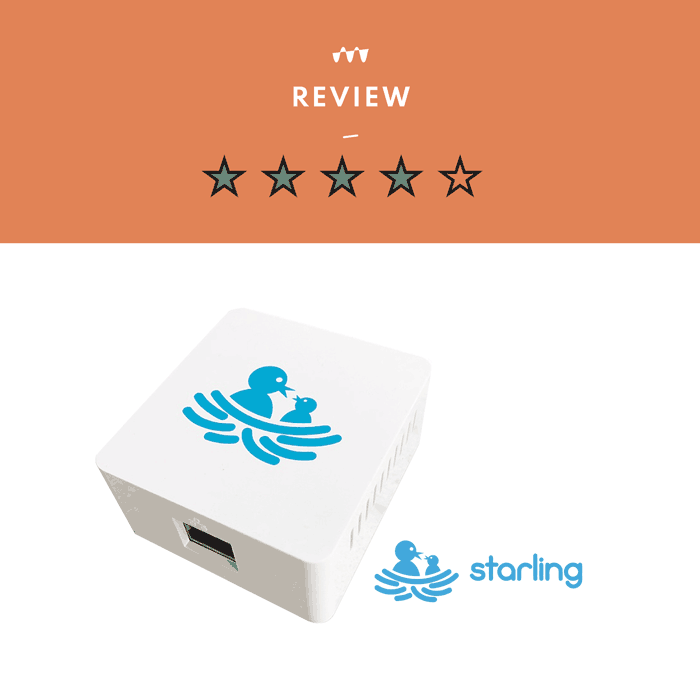
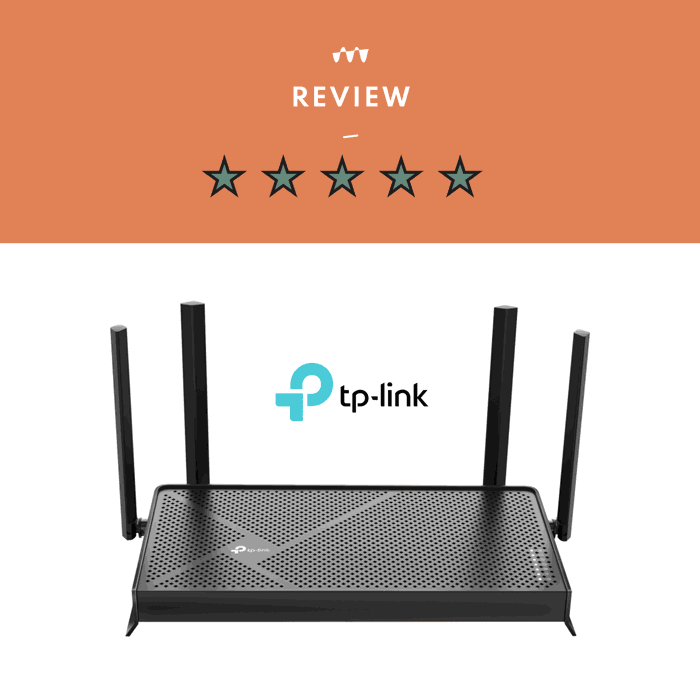

Leave a Reply